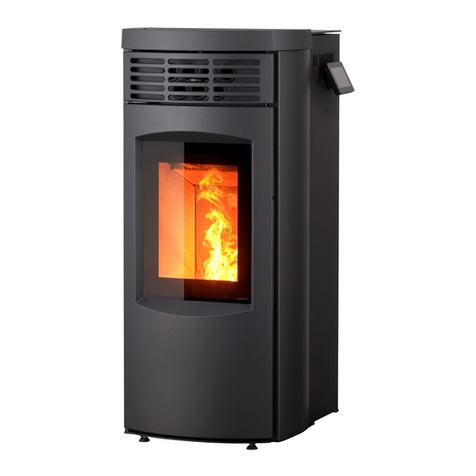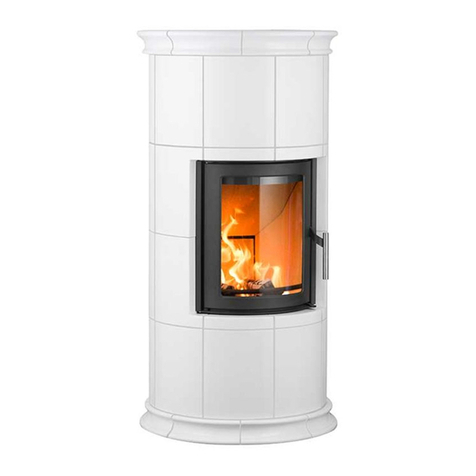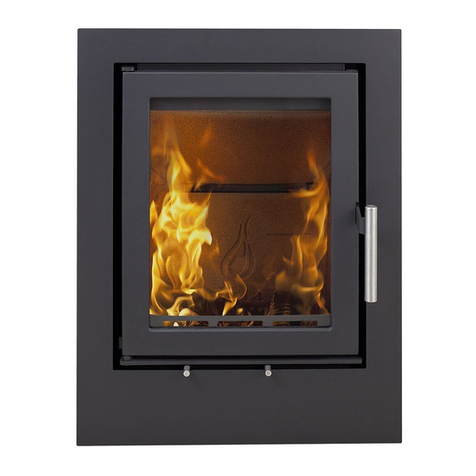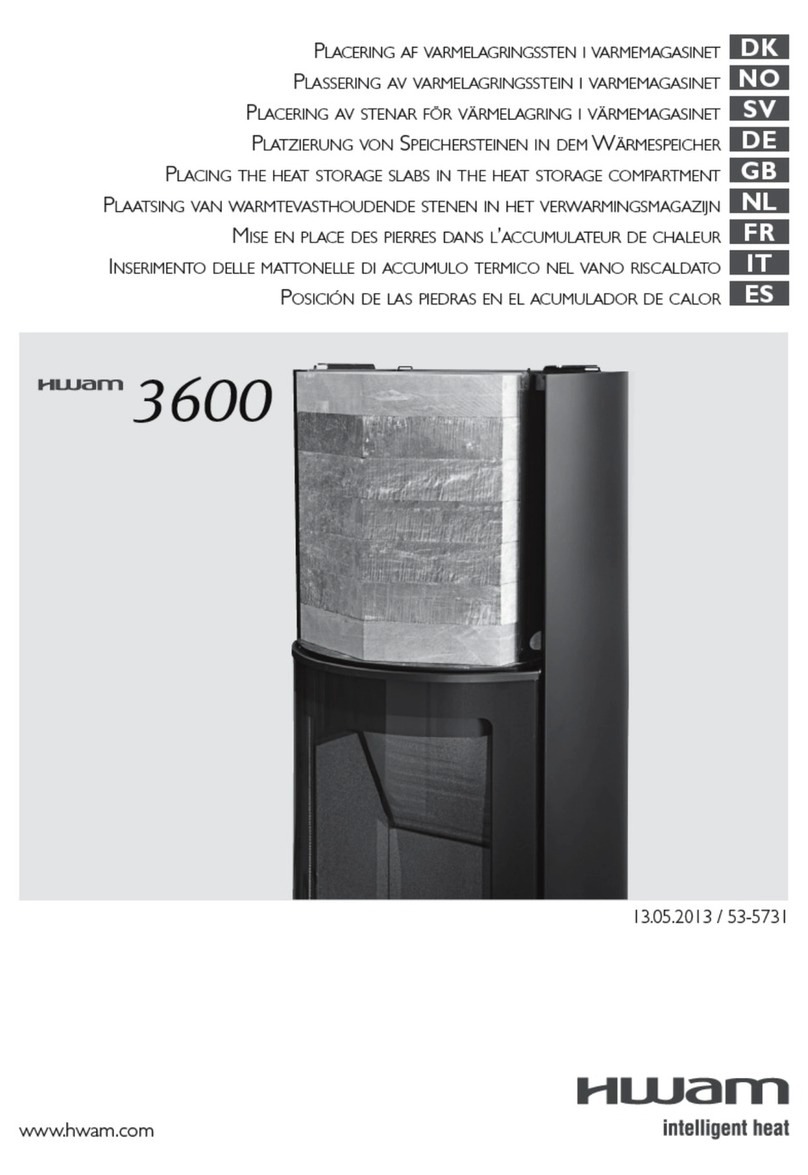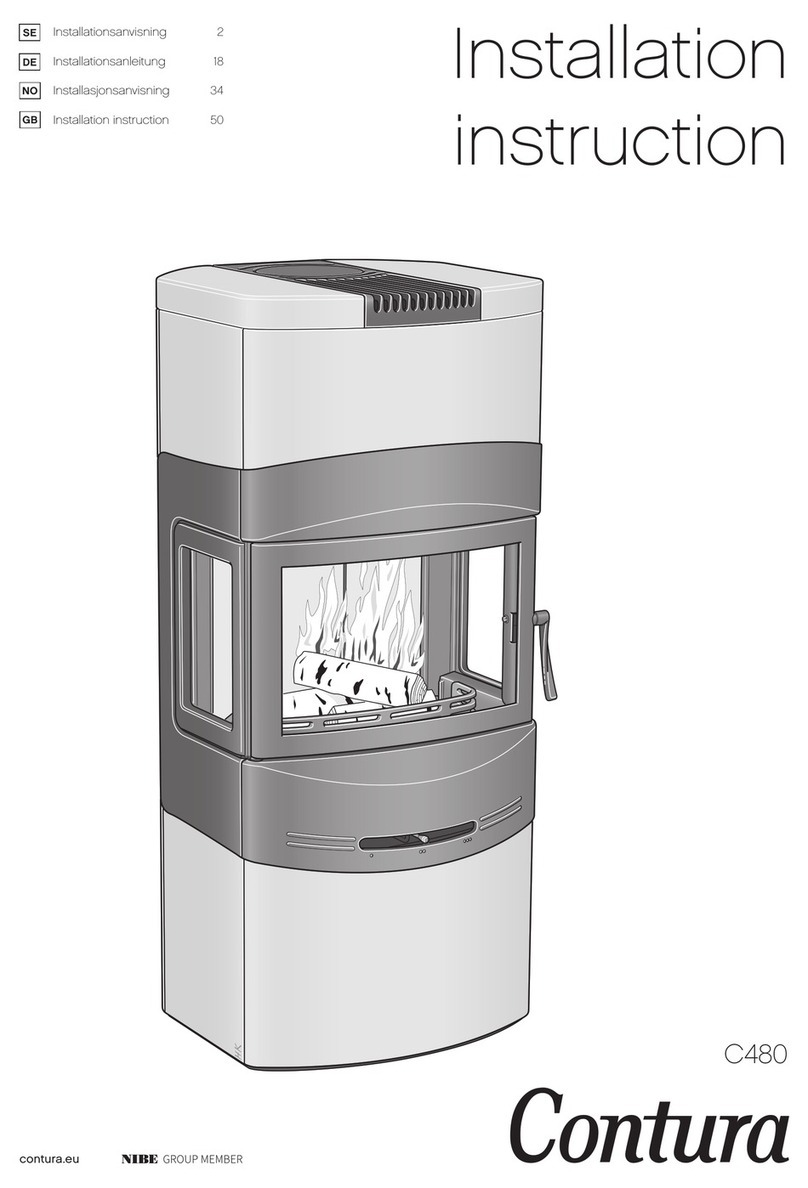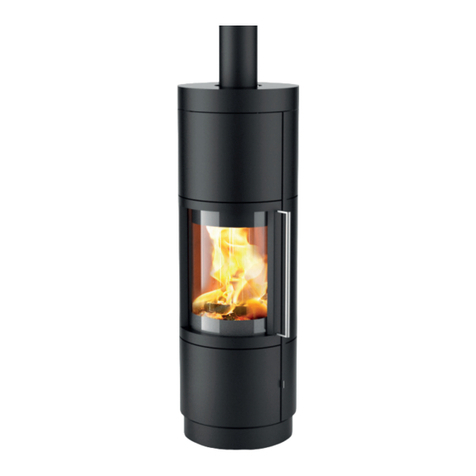Heta SCAN-LINE AQUA User manual




















Other Heta Stove manuals

Heta
Heta SCAN-LINE 550 User manual
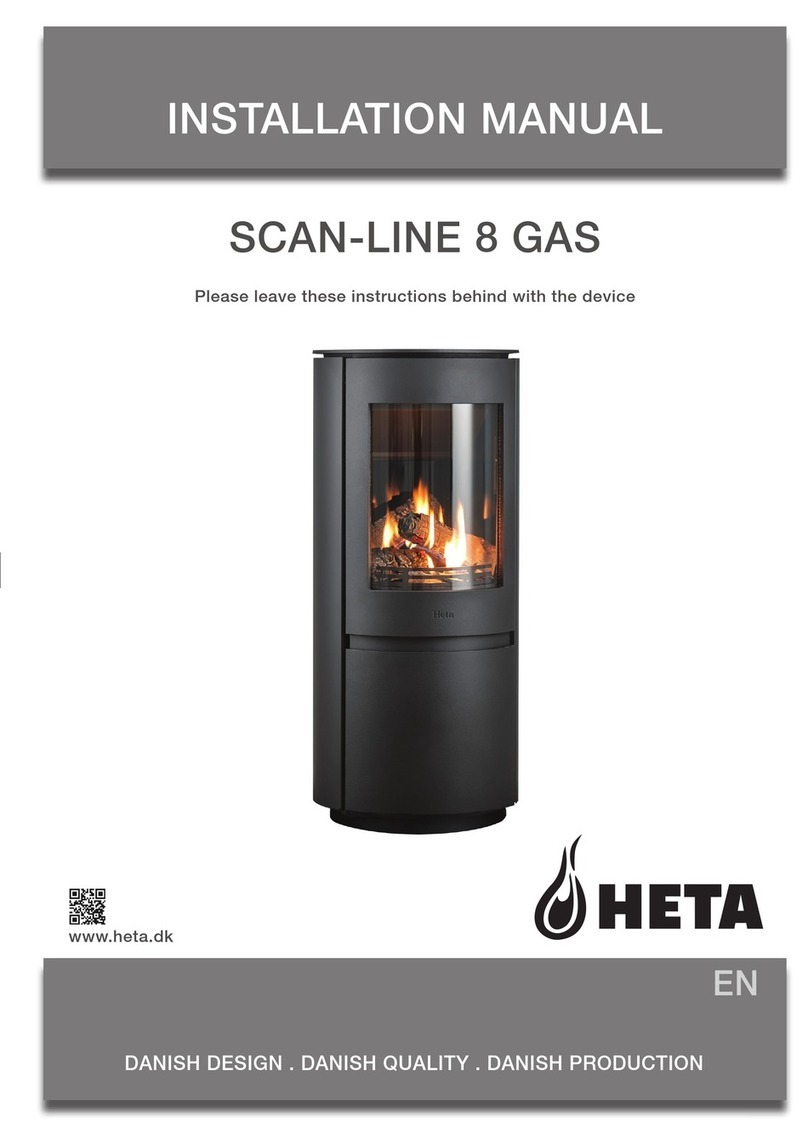
Heta
Heta SCAN-LINE 8 GAS User manual
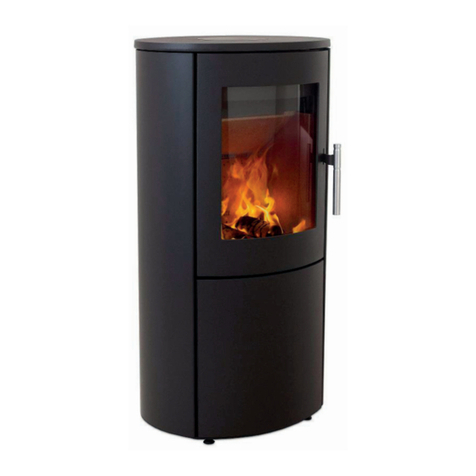
Heta
Heta Scan-Line 800 Series User manual
Heta
Heta Icon-line Moderna Series User manual
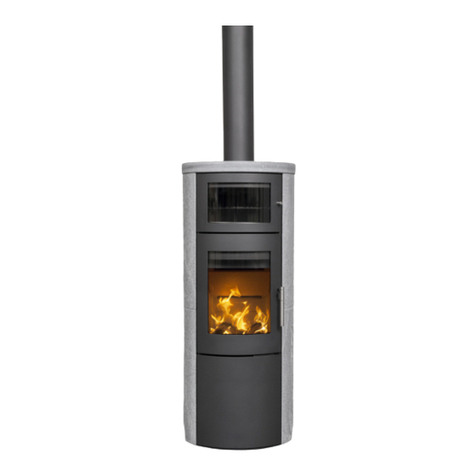
Heta
Heta CLEAN BURN SL 500 Series User manual

Heta
Heta SCAN-LINE 40 User manual
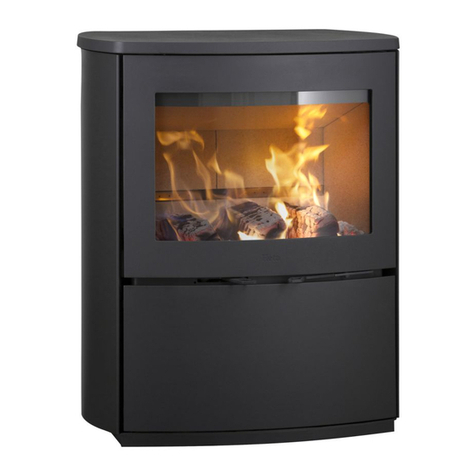
Heta
Heta Scan-Line 1000 User manual
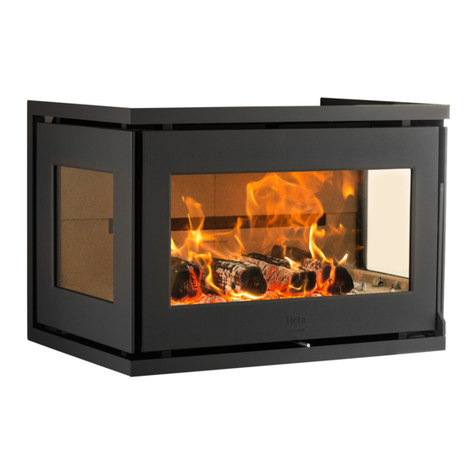
Heta
Heta Prestige Series User manual
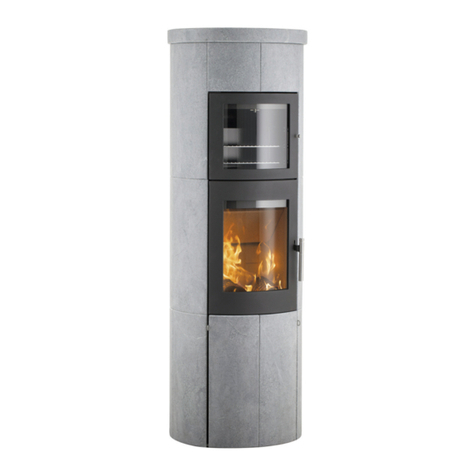
Heta
Heta SCAN-LIINE 80 XL User manual

Heta
Heta SCAN-LINE GREEN 300 User manual
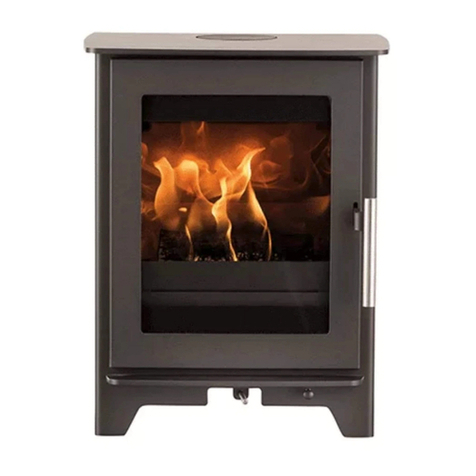
Heta
Heta INSPIRE 40 User manual

Heta
Heta INSPIRE 40 User manual
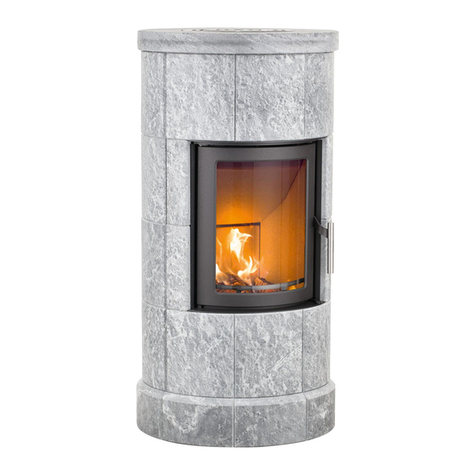
Heta
Heta SCAN-LINE 10 User manual
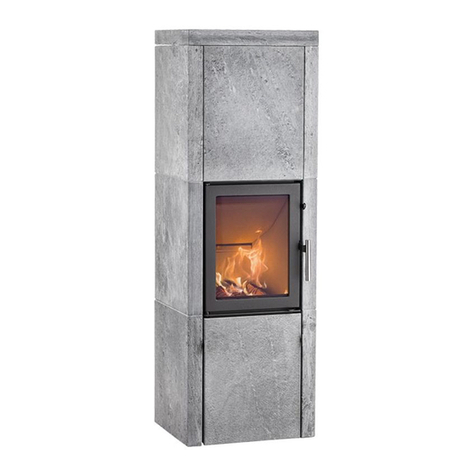
Heta
Heta SCAN-LINE 40 User manual
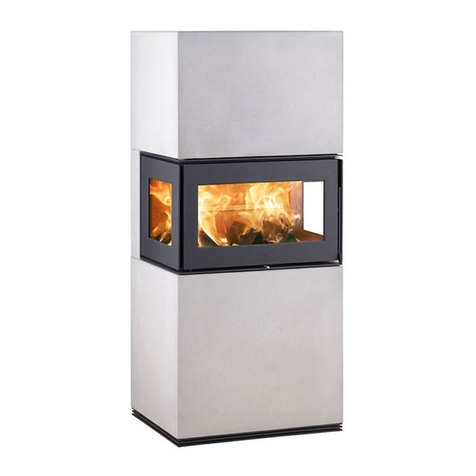
Heta
Heta SCAN-LINE SOLID C User manual
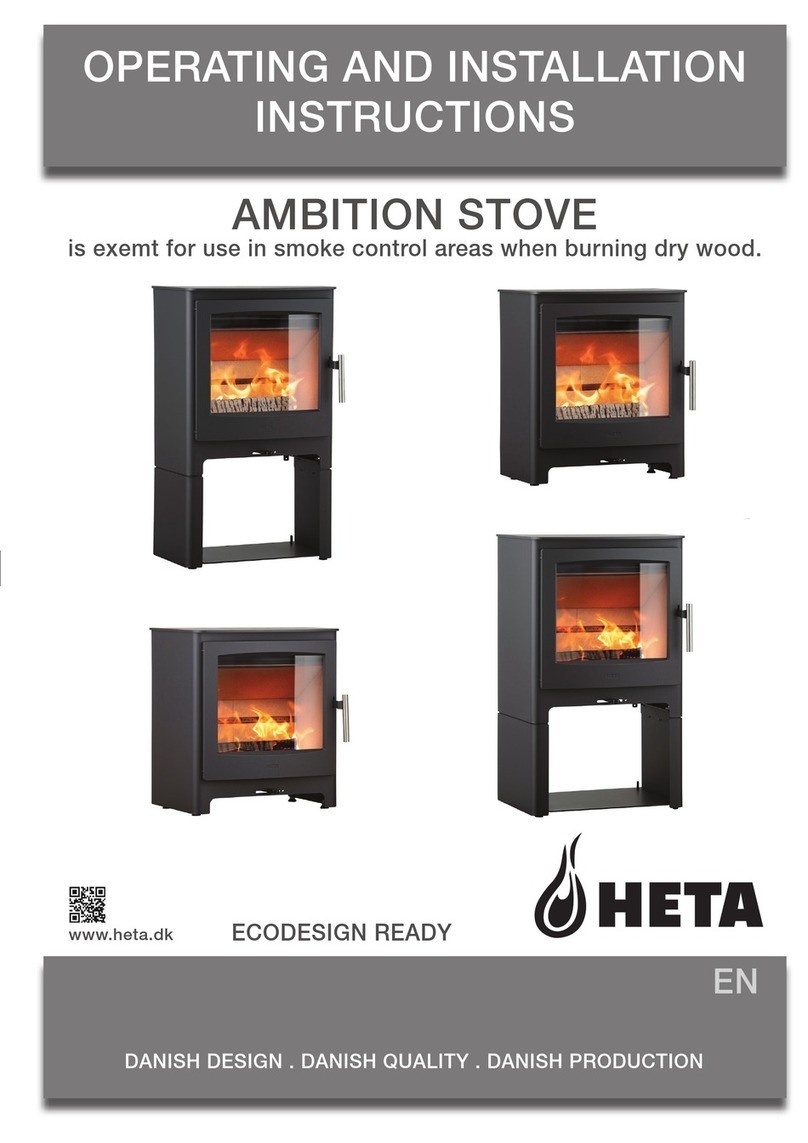
Heta
Heta Ambition 5 User manual

Heta
Heta SCAN-LINE 10 User manual

Heta
Heta Scan-Line 800 Series User manual
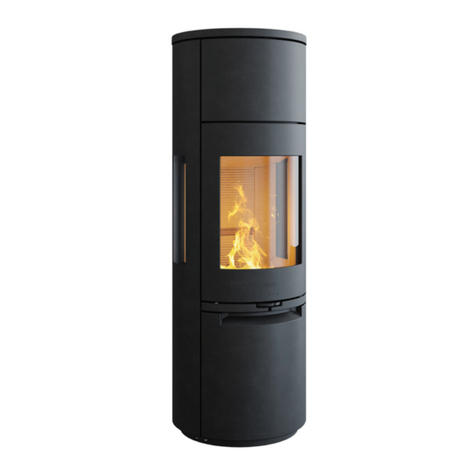
Heta
Heta Scan-Line 900 Series User manual

Heta
Heta Panorama User manual
Popular Stove manuals by other brands

Golden Eagle
Golden Eagle WOOD PELLET STOVE Operating & installation manual
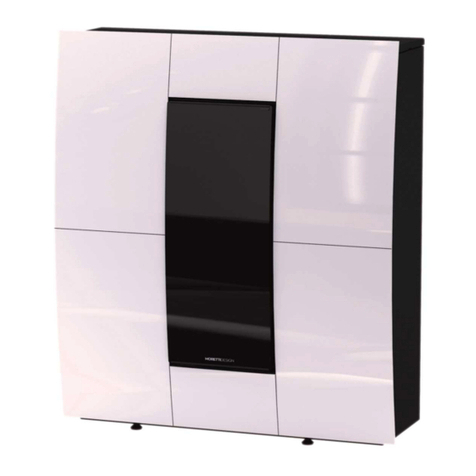
Moretti Design
Moretti Design AQUA TURBO COMPACT GLASS 16 manual
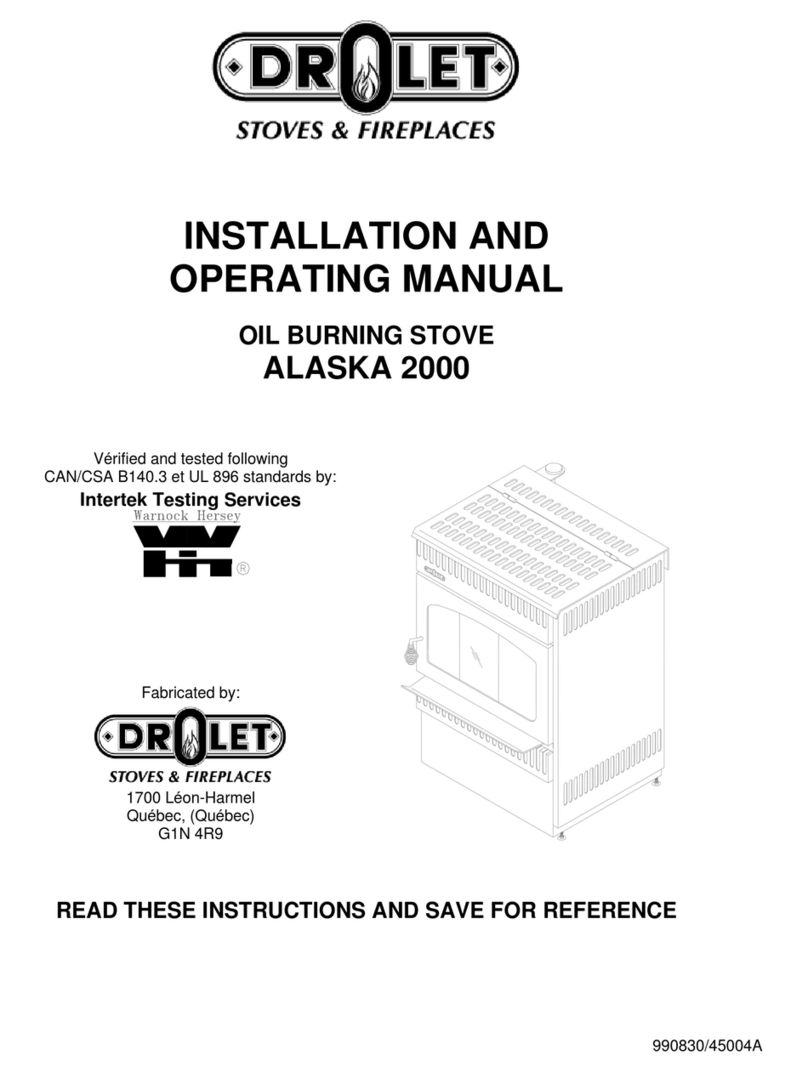
Drolet
Drolet ALASKA 2000 Installation and operating manual
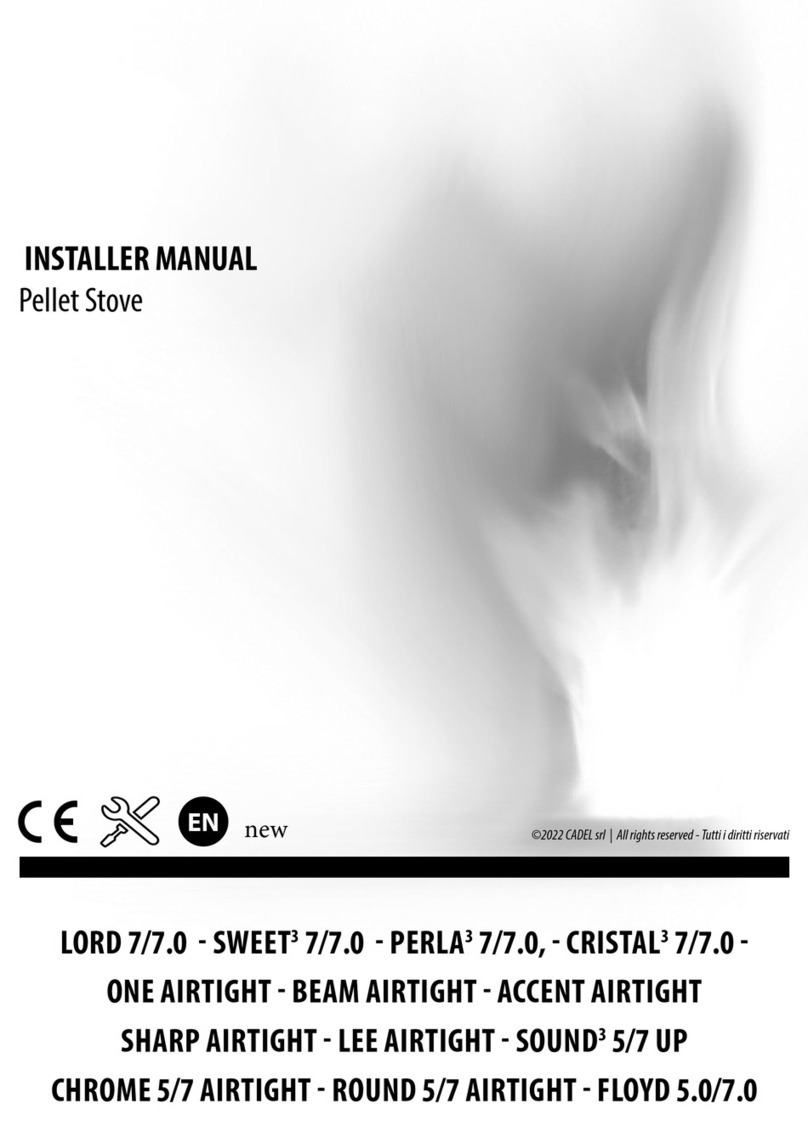
Cadel
Cadel SOUND3 5 UP Installer manual
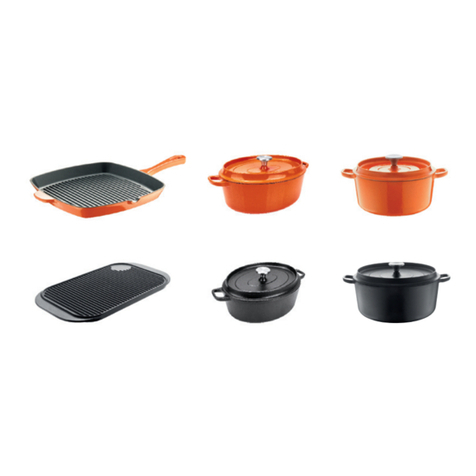
Berndes
Berndes Besser Use and care instructions
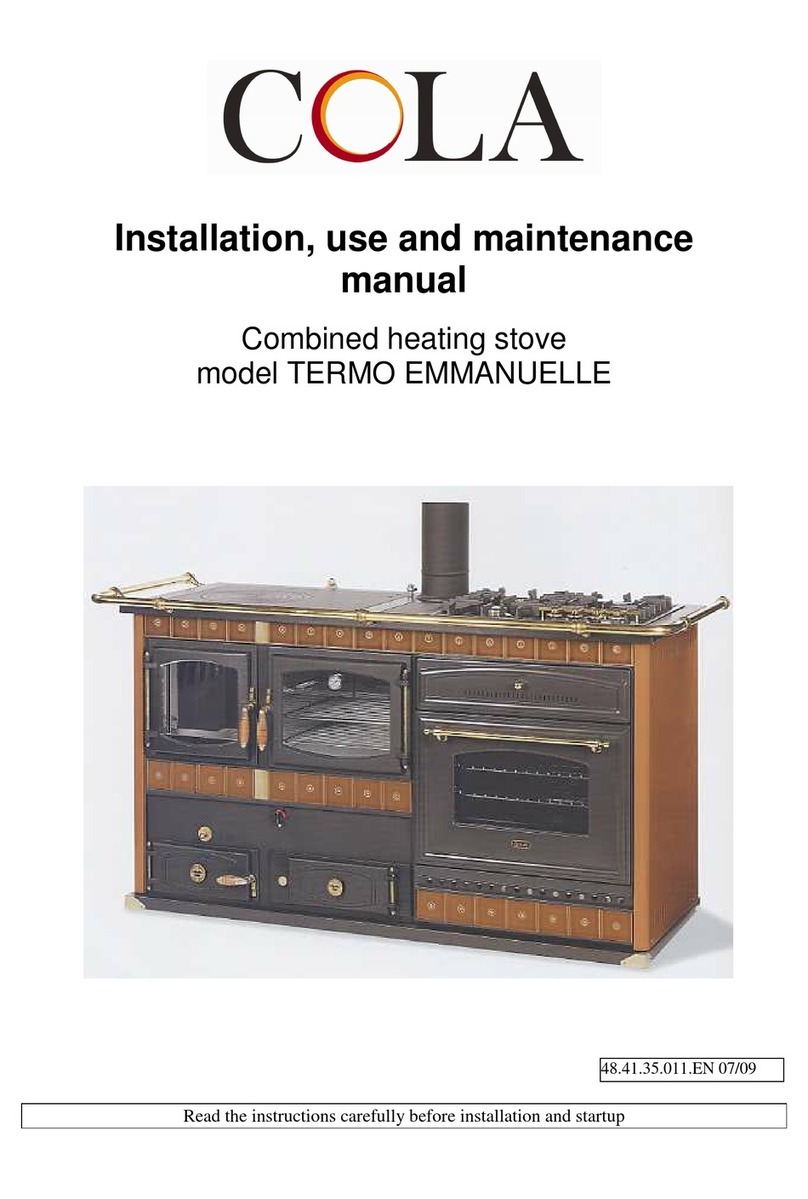
Cola
Cola termo emmanuelle Installation, use and maintenance manual

United States Stove
United States Stove VOGELZANG VG900 ASSEMBLY, INSTALLATION, OPERATION & MAINTENANCE MANUAL

Broseley
Broseley Lincoln Installation and operation manual

VonHaus
VonHaus 2500454 quick start guide
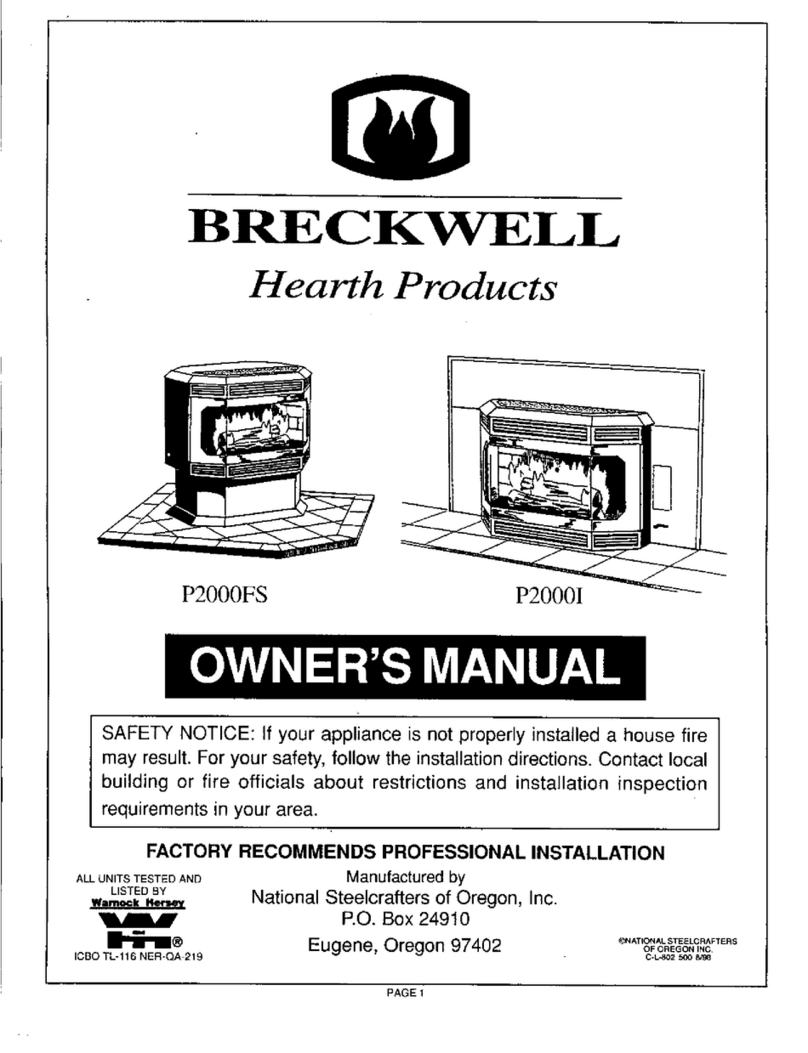
Breckwell
Breckwell Luxury P2000FS owner's manual

Charlton & Jenrick
Charlton & Jenrick INFINITY 780 FL owner's manual

Master Forge
Master Forge WS110 Operating instructions and owner's manual
